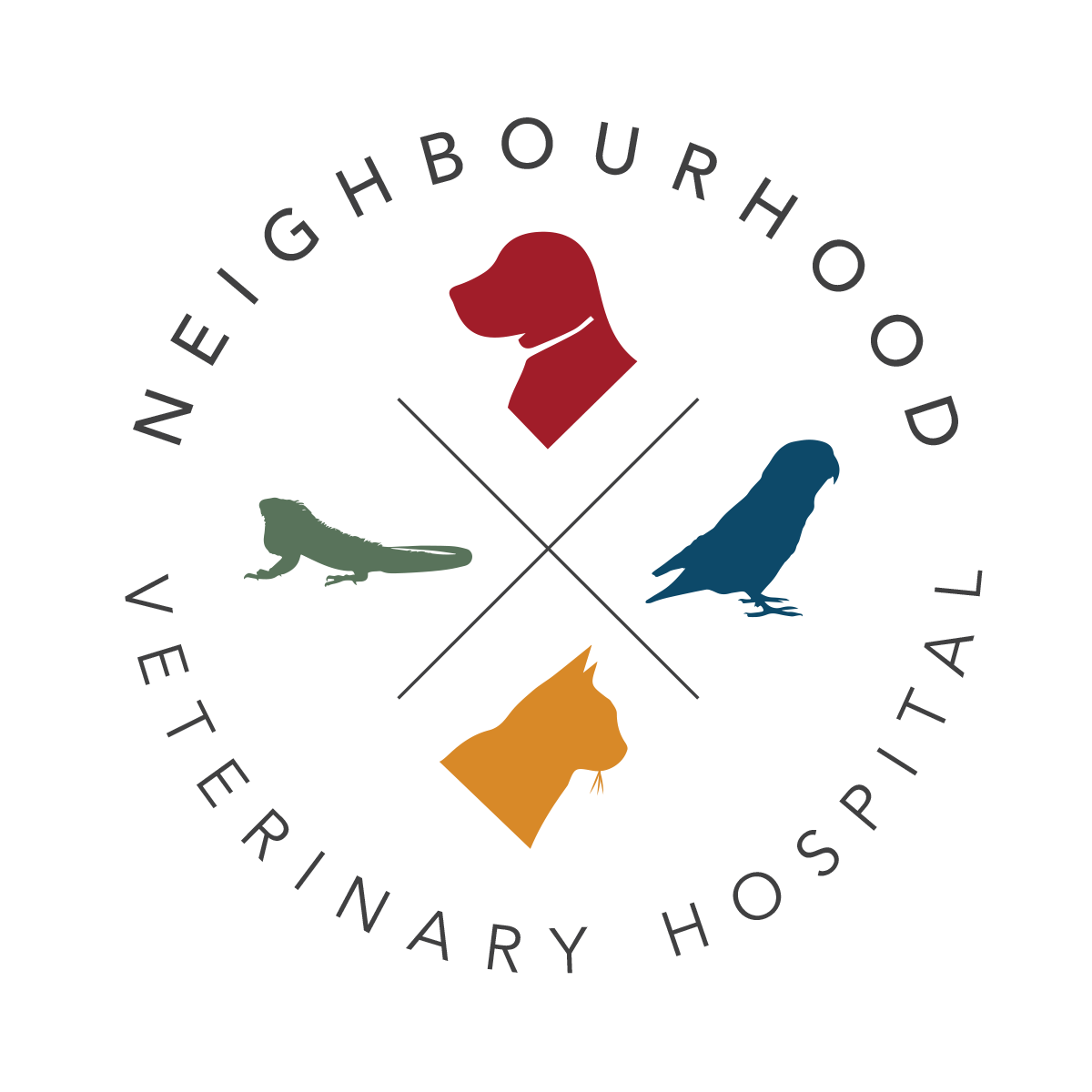Library
-
Successful airline travel with a cat begins long before the day of travel. Do your homework with the airlines. Acquire your cat's travel carrier well before your trip to allow her to become comfortable with it. Schedule a visit with your veterinarian close to the date of travel. Consult your veterinarian to create the best travel plan for your cat if she does not travel well. With some advance planning, attention to detail, and consultation with your veterinarian, flying with your cat can be a great experience.
-
Successful airline travel with a dog begins long before the day of travel. Do your homework with the airlines. Acquire your dog's travel carrier well before your trip. Schedule a visit with your veterinarian close to the date of travel. Consult your veterinarian to create the best travel plan for your dog if he does not travel well. With some advance planning, attention to detail, and consultation with your veterinarian, flying with your dog can be a great experience.
-
Food-related aggression describes aggressive behavior when a dog is approached while eating. Dogs give subtle signals of discomfort first; these signals are your dog's attempts to communicate a need, politely and clearly. Recognizing these signs when they are subtle and intervening early is vital for preventing or addressing food-related aggression.
-
Gentamicin + betamethasone valerate + clotrimazole (Otomax®) is a combination topical ear medication used to treat bacterial and/or yeast ear infections in dogs. It is also used off label to treat bacterial and/or yeast infections in cats, or for the topical treatment of superficial skin infections in both dogs and cats.
-
If you are planning to add another dog to your family, take time to consider the personality, size, and sex of your current household dog. Introduce the dogs gradually, watching for subtle signs of fear or aggression. Supervise the dogs for as many weeks as needed to assure long term success.
-
When you bring a new puppy into your home, there is inevitably a period of adjustment. The adjustment will be easier if you plan how you will meet the puppy's needs and provide a positive experience, safe socialization, supervision, and structure. Puppies can be exhausting at times, but raising a puppy is intensely rewarding.
-
Head down. Eyes averted. Shoulders hunched. Tail thumping the floor. Body retreating. Your pet looks guilty, maybe even apologetic, right? WRONG! Your pet’s body posture and attitude do not indicate guilt or remorse but represent a response to your body posture and attitude.
-
Head halters can provide better control and safety for some dogs. A proper fit with gentle leash handling and positive reinforcement training is required to make a head halter successful. Some dogs may find the head halters aversive, which means it is not the right tool for them.
-
Height dominance in pet birds can be an issue with a poorly trained pet bird or dominant pet bird. Birds that are allowed on shoulders or top of cages can be aggressive and nippy if not trained to "Step-up" on command. Proper training and socialization are essential to allow birds to perch wherever they wish.
-
Phobias related to thunderstorms and fireworks cause dogs to suffer and often increase in intensity over time. Behavior modification combined with medication can be used to reduce a dog's level of fear. This handout aims to provide you with some helpful information for immediate treatment of firework and thunderstorm phobias.

